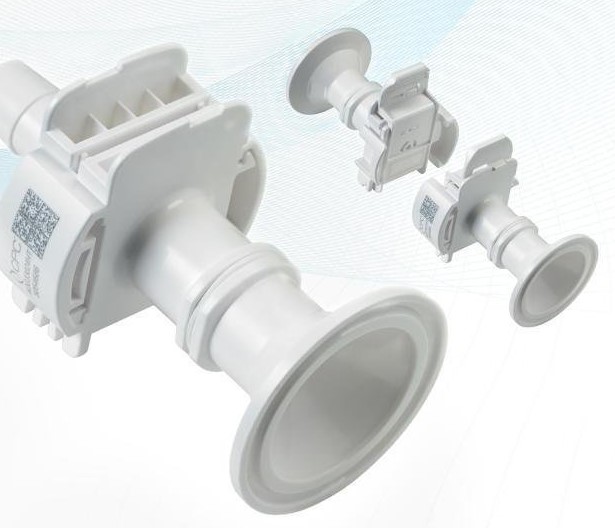You have no items in your shopping cart.
Latest Updates
6 Considerations into choosing the right connection
March 08, 2019

1. Know your minimum and maximum temperature range.
Once you have your idealised assembly, setting an operational temperature range will narrow down the type of connectors you would require. Considerations would include the need for the assembly to be autoclaved during the process, or frozen for extraction thereafter.
The medium in which you run the process through might also harness a certain level of temperature. The tubing used in the assembly would provide a quick guide as to the level of heat resistance required.
2. Pressure requirements (Preventing loose connections and spillage)
Depending on the process, you might include a peristaltic pump into the assembly, inducing additional pressure. You can determine the flowrate by cross referencing the pressure setting on the pump and subsequent reaction to the tubing.
For high pressure processes, it is recommended to get an additional lock on the connector end to secure the tubing to the connector, or the connector to the end port. Identifying and implementing these would assure the security of the assembly as you run your process.
Additionally, you might consider automatic or integral shutoff valves to prevent drips and spills. Flowrate and pressure drops would then have to fall under your list of considerations. Ensure you input the effect between the shutoff valves and tubing connections on your calculations.
3. Type of Media
Take into consideration the media passing through the assembly. This will aid in determing the chemically compatibility required of the connector. Also, take note that several connectors utilise O-rings for tighter security. The specifications provided along with the connector will be able to address if both the connector and O-rings are able to withstand the media. Checking this is essential to avoid falling into the small gap in chemical resistance that the connector body and O-ring might have.
4. Sizing and Connection type
Your first consideration would be the sizing of the connector, both inner and outer diameter. This inner diameter would be the reference size in which to link your tubing or to another connector. Next, would be the appropriate termination style, depending on your process requirements.
Typical connections to tubings would include; barb, compression, quick connects/ disconnects and push-fit fittings. Our principal suppliers- Nordson Medical, Eldon James and John Guest are all specialists in these tube to connector/ fittings. Depending on the pressure, convenience required or process requirements, you might consider the advantages each variation can bring.
Inter-fittings connections typically compromise of quick-connects/ disconnects, threaded connections, flange connections, luer connections and barb-to-barb, etc. Variations in flowrate, temperature and pressure would also be a factor to consider when choosing the right inter-fitting connections.
Lastly, the sterility requirements of the connection/ fitting. Should your process require it, our principal Supplier – CPC (Colder Product Company), would be able to provide sterile connectors that could even be connected outside a cleanroom. The connectors come in both 2 variations with one made specially to withstand very high temperatures.
5. Mounting Options
Your assembly might be open to a mounting option, a function for which a separate range of connectors would be required. Identify the configurations for the mount. Pipe thread, panel mount, in-line or elbow are all common and easy to integrate mounting options.
6. Need for customization
An additional service provided by most companies would be customization, not to the connector, but to how it arrives. Sterilization, NSF listed, USP Class VI approved materials, special packaging, color coding, keying, lot traceability, etc. If your assembly would require such an addition, you can always check with the supplier for their available off the shelf options or range of customizability. As customised products usually come with a huge MOQ, it would be advisable to identify a standardised connection port for your process.
This will not only eliminate the variation of connection types that might increase probability of flaws, but will also assure the connectivity of the whole process when you have identified the most suitable connectors for your assembly.
Proper utilization of all these 6 tips would guarantee you the perfect fit for your assembly.
Always ensure that the connection and tubing used are compatible and able to withstand the full process in your assembly. If unsure, ask for an expert opinion. Here at PureSys, we are the Ultra-Pure Fluid Transfer Specialists, working with renowned international principals to bring you the best and most reliable products to secure your processes.Contact us to help you check on your process requirments today!
Email us at sales@puresys.com.sg or call us at (+65) 6291 1177 / (+65) 6297 2714
Join us on LinkedIn! https://www.linkedin.com/company/puresys/


 Linkedin
Linkedin